Home>Gardening & Outdoor>Landscaping Ideas>How To Remove Grass For Transplant
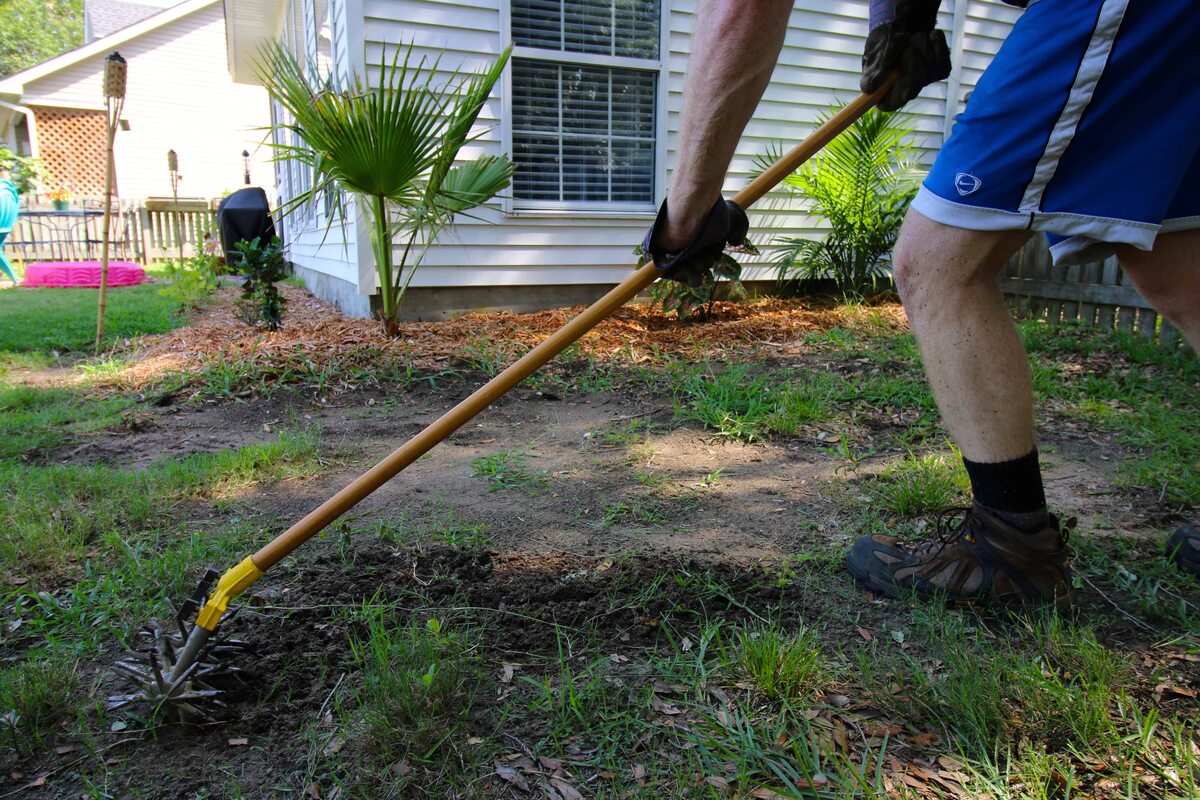

Landscaping Ideas
How To Remove Grass For Transplant
Modified: February 18, 2024
Learn how to remove grass for transplanting with our expert landscaping ideas. Get step-by-step instructions for a successful grass removal process.
(Many of the links in this article redirect to a specific reviewed product. Your purchase of these products through affiliate links helps to generate commission for Storables.com, at no extra cost. Learn more)
Introduction
Are you looking to transform your outdoor space with lush, vibrant grass? Perhaps you have a flourishing lawn in one area of your yard and wish to extend its beauty to another section. In such cases, transplanting grass can be a fantastic solution. By carefully removing and relocating grass, you can create a cohesive, verdant landscape that enhances the overall aesthetic appeal of your property.
Grass transplanting is a meticulous process that requires patience, attention to detail, and the right tools. Whether you aim to fill in bare patches, expand your lawn, or enhance the greenery in a specific area, this endeavor can yield stunning results when executed with care. In this comprehensive guide, we will delve into the essential steps and expert tips for successfully removing grass for transplanting. From the necessary tools and materials to the best practices for ensuring the health and vitality of the transplanted grass, we will equip you with the knowledge and insights to embark on this rewarding landscaping project. So, roll up your sleeves and get ready to elevate the beauty of your outdoor space through the art of grass transplanting.
Key Takeaways:
- Transplanting grass requires careful steps like marking, cutting, and watering to ensure successful relocation. Patience and attention to detail are key for the grass to thrive in its new location.
- To transplant grass successfully, choose the right time, handle with care, and provide ample water. By following expert tips and nurturing the relocated turf, you can create a vibrant and cohesive landscape.
Read more: When To Transplant Monkey Grass
Tools and Materials Needed
Before embarking on the grass transplanting journey, it’s vital to gather the essential tools and materials to ensure a smooth and successful process. Here’s a rundown of what you’ll need:
- Shovel: A sturdy, sharp-edged shovel is indispensable for cutting through the turf and lifting the grass with minimal damage.
- Sprinkler or Hose: To water the transplanted grass thoroughly after relocation, promoting its acclimatization and growth.
- Wheelbarrow or Garden Cart: These aids in transporting the removed grass to its new location, minimizing strain on your back and arms.
- Compost or Organic Fertilizer: To enrich the soil in the new area and provide essential nutrients for the transplanted grass to thrive.
- Measuring Tape: Useful for accurately determining the size of the area where the grass will be transplanted.
- Sharp Knife or Sod Cutter: Helpful for cleanly cutting the grass into manageable sections for transplanting.
- Rake: For leveling the soil and removing debris from the transplanting site.
- Watering Can or Garden Sprayer: Ideal for watering the transplanted grass gently and evenly immediately after planting.
- Root Stimulant (Optional): This can aid in the establishment of the transplanted grass by encouraging root growth.
By ensuring that you have these tools and materials at your disposal, you’ll be well-prepared to execute each step of the grass transplanting process with precision and care. Now that you’re equipped with the necessary supplies, let’s dive into the detailed steps for removing grass for transplanting.
Steps for Removing Grass for Transplant
Transplanting grass involves a series of deliberate steps to ensure the successful relocation of the turf while preserving its health and vitality. Follow these detailed steps to execute the grass removal process with expertise and finesse:
- Mark the Transplanting Area: Begin by clearly outlining the area from which you will be removing the grass. This can be achieved using marking spray paint or by placing stakes and string to demarcate the boundaries.
- Water the Ground: Thoroughly water the area where the grass will be transplanted a day or two before the transplanting process. This will facilitate easier cutting and lifting of the grass.
- Cut the Grass: Using a sharp shovel or a sod cutter, carefully cut the grass into manageable sections. Make cuts at a depth that includes the roots and a portion of the soil beneath the turf.
- Lift the Grass: With the aid of the shovel, lift each cut section of grass, ensuring that the roots remain intact. Place the lifted grass on a tarp or in a wheelbarrow for easy transport to the new location.
- Prepare the New Planting Area: Clear the new planting area of any debris and use a rake to level the soil. Amend the soil with compost or organic fertilizer to enrich its nutrients and ensure optimal conditions for the transplanted grass.
- Plant the Grass: Carefully place the sections of grass in the prepared transplanting area, ensuring they are snugly positioned without any gaps between the sections. Gently press the grass down to ensure good soil contact.
- Water the Transplanted Grass: Immediately after planting, thoroughly water the transplanted grass to settle the soil and provide essential moisture for the roots.
- Maintain Adequate Moisture: In the following days and weeks, monitor the transplanted grass and ensure that the soil remains consistently moist but not waterlogged. This will support the establishment and growth of the transplanted grass.
By diligently following these steps, you can effectively remove grass for transplanting, setting the stage for healthy and thriving greenery in its new location. However, the process doesn’t end with the transplanting itself. To further enhance the success of your grass transplanting endeavor, consider the following expert tips.
Use a sharp shovel to cut around the grass clump, then carefully lift it out. Keep the roots intact and transplant it to the new location immediately. Water it well to help it establish.
Tips for Successful Grass Transplanting
Transplanting grass requires careful attention to detail and a nurturing approach to ensure the seamless acclimatization and growth of the relocated turf. Here are valuable tips to enhance the success of your grass transplanting project:
- Choose the Right Time: Opt for early spring or early fall for grass transplanting, as these seasons offer favorable conditions for root establishment and growth.
- Water Adequately: Before cutting the grass for transplanting, water the area thoroughly to soften the soil, making it easier to cut and lift the turf without causing damage to the roots.
- Handle with Care: When cutting and lifting the grass, handle the sections delicately to minimize damage to the roots and ensure the turf’s overall health post-transplanting.
- Trim Excess Foliage: Before transplanting, consider trimming the grass blades to reduce moisture loss and alleviate stress on the transplanted turf as it establishes its roots in the new location.
- Provide Ample Water: Immediately after transplanting, water the grass thoroughly to settle the soil and provide essential moisture for the roots. Continue to water the transplanted grass regularly to maintain consistent soil moisture.
- Apply Root Stimulant (Optional): Consider using a root stimulant to encourage robust root growth and enhance the establishment of the transplanted grass in its new environment.
- Monitor and Maintain: Keep a close eye on the transplanted grass in the following weeks, ensuring that the soil remains adequately moist and providing any additional care as needed to support the turf’s adaptation.
- Limit Traffic and Activity: Minimize foot traffic and activities on the transplanted area for several weeks to allow the grass to establish strong roots and thrive without undue stress.
By incorporating these tips into your grass transplanting process, you can bolster the likelihood of a successful and seamless transition for the relocated turf. With the right approach and attentive care, your transplanted grass will flourish and contribute to the beauty of your landscape for years to come.
Conclusion
Embarking on the journey of grass transplanting is a rewarding endeavor that can breathe new life into your outdoor space, creating a cohesive and vibrant landscape. By following the meticulous steps for removing grass for transplanting and integrating expert tips to nurture the relocated turf, you can witness the transformation of your outdoor environment with lush, healthy greenery.
As you prepare to undertake the grass transplanting process, remember that patience and attentiveness are key. From carefully cutting and lifting the grass to providing essential moisture and nutrients in its new location, each step plays a crucial role in ensuring the successful establishment of the transplanted turf.
Moreover, the gratification of seeing the transplanted grass thrive and blend seamlessly with the existing landscape is a testament to your dedication and the effectiveness of the transplanting process. Whether you’re filling in bare patches, expanding your lawn, or enhancing specific areas with verdant greenery, grass transplanting offers a versatile and impactful solution for elevating the visual appeal of your outdoor space.
So, as you set out to remove grass for transplanting, armed with the right tools, knowledge, and insights, envision the lush expanse of green that will soon grace your landscape. With each carefully transplanted section of grass, you are contributing to a more vibrant and cohesive outdoor environment that will be enjoyed for years to come.
Embrace the art of grass transplanting, and watch as your outdoor space blossoms with the beauty of healthy, thriving greenery, creating a picturesque haven right in your own backyard.
Frequently Asked Questions about How To Remove Grass For Transplant
Was this page helpful?
At Storables.com, we guarantee accurate and reliable information. Our content, validated by Expert Board Contributors, is crafted following stringent Editorial Policies. We're committed to providing you with well-researched, expert-backed insights for all your informational needs.

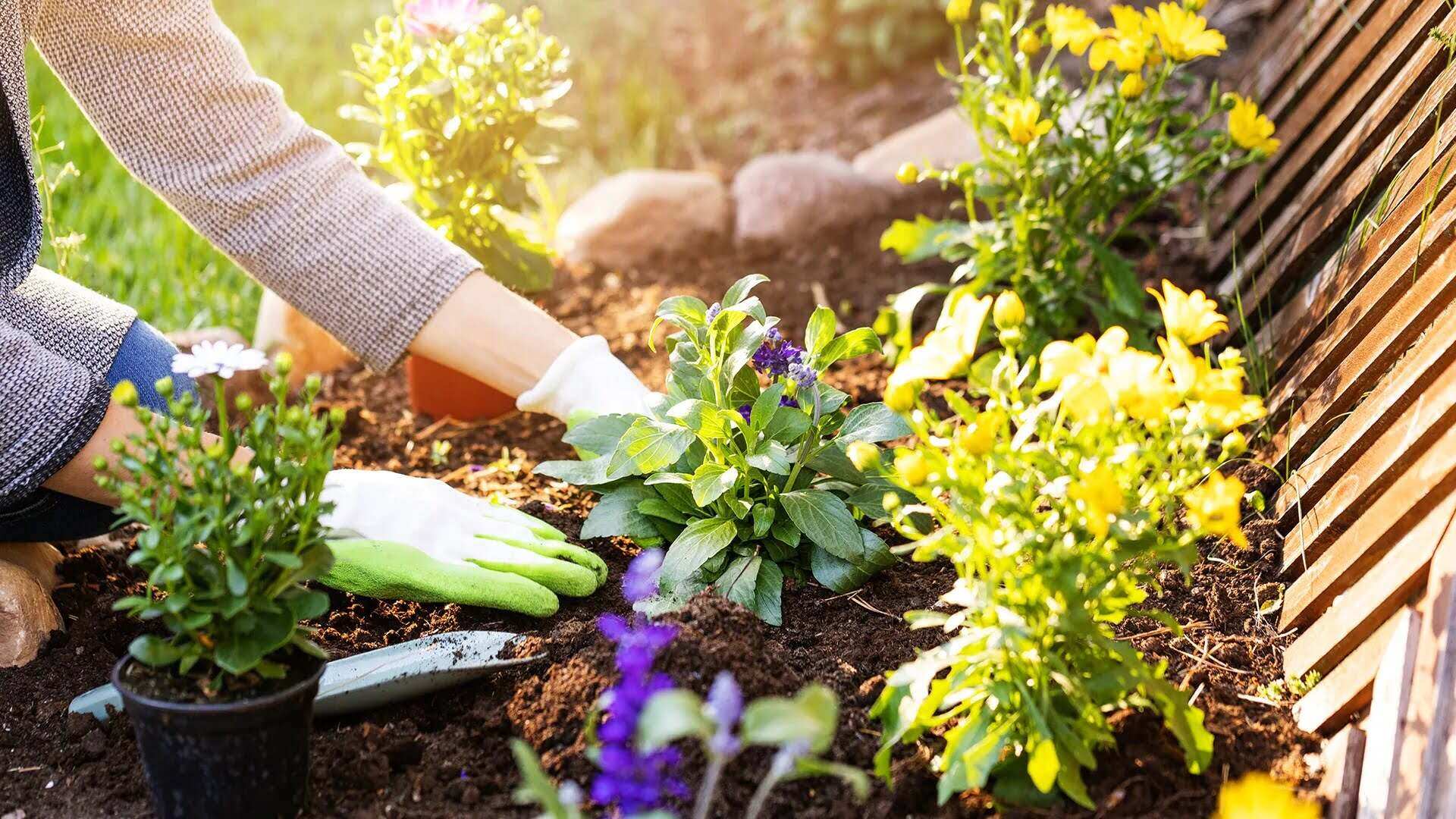
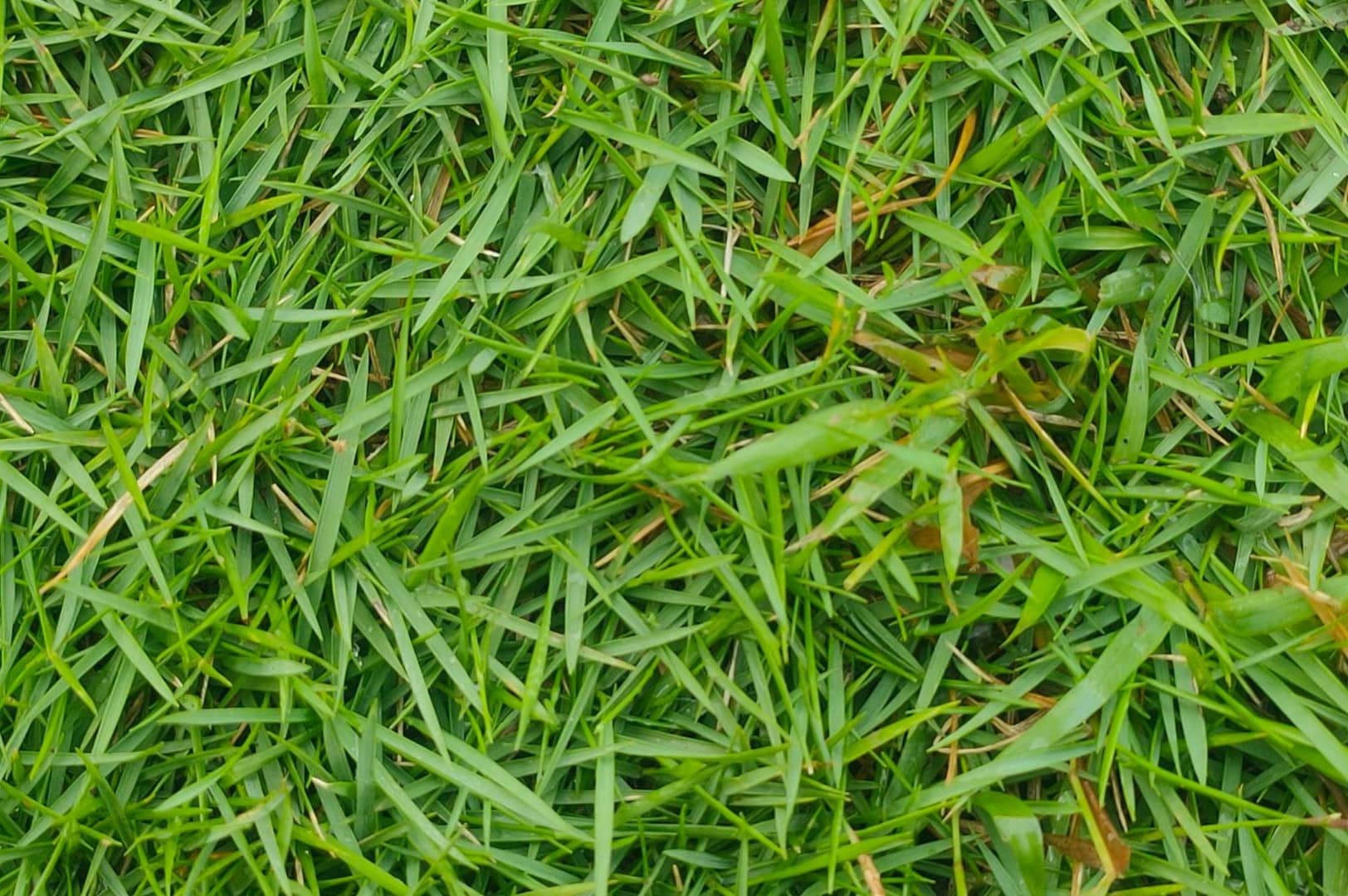
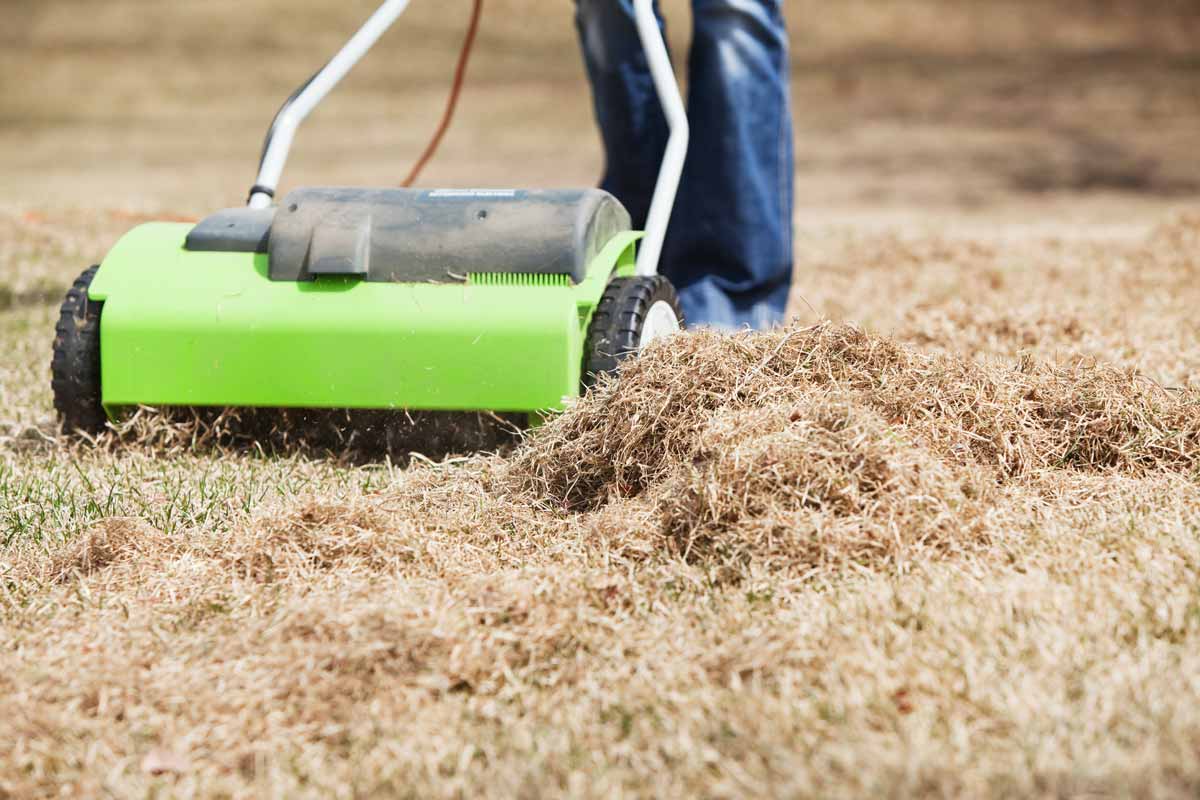
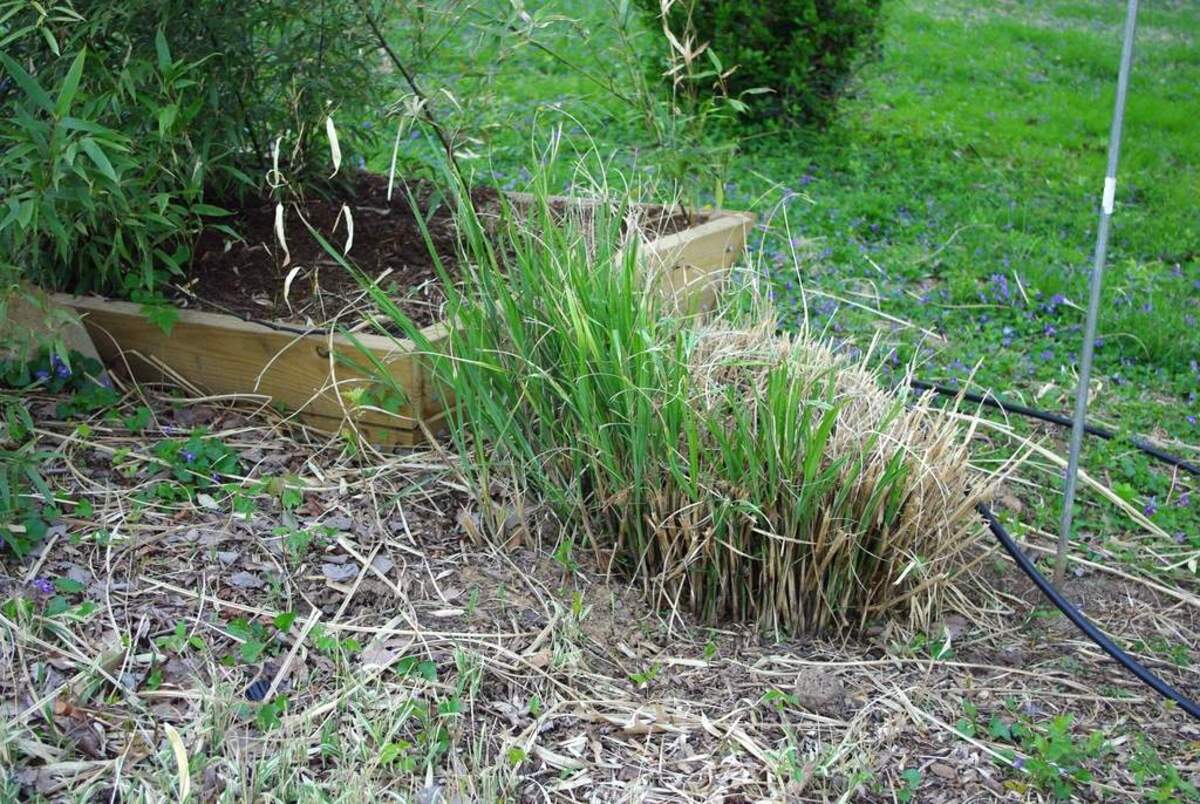
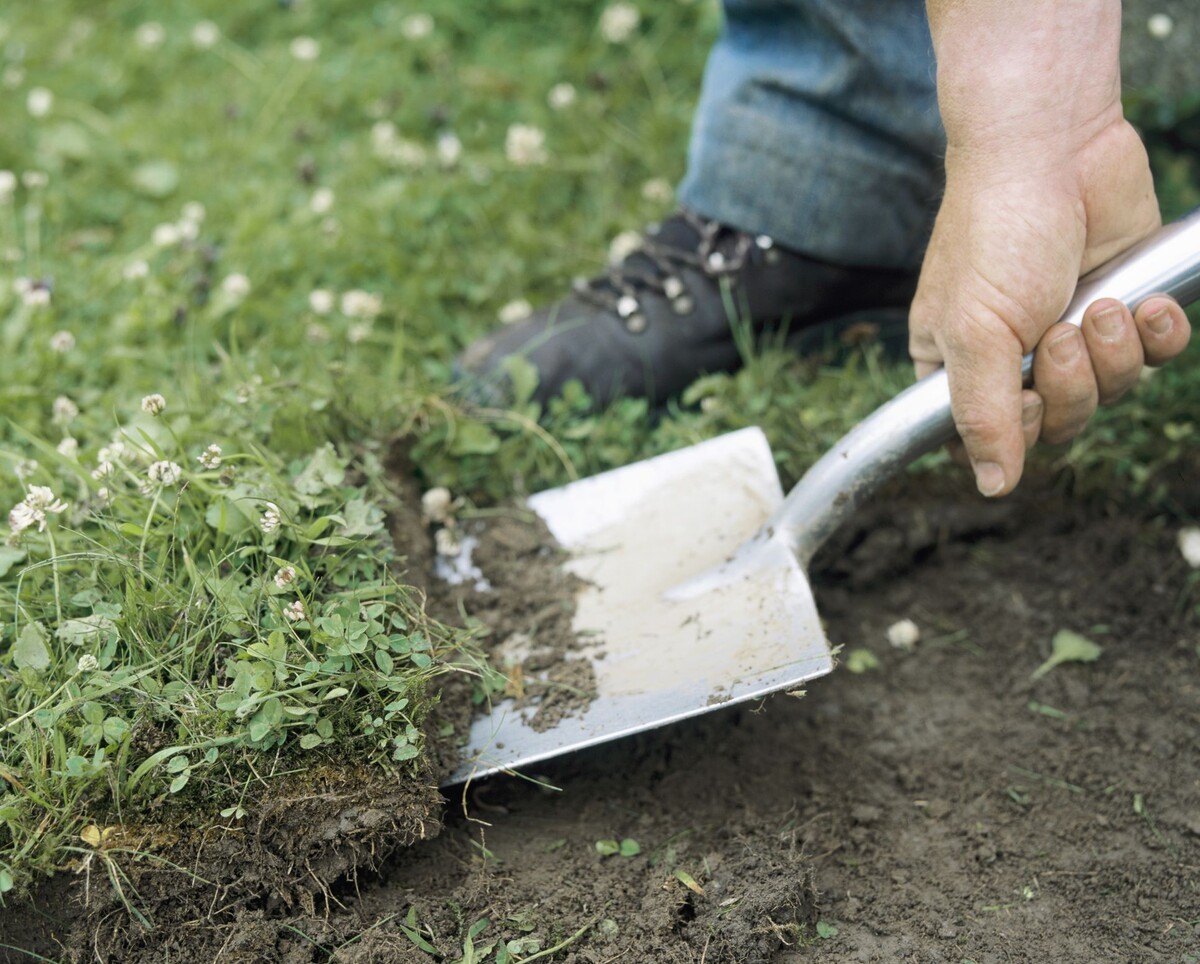
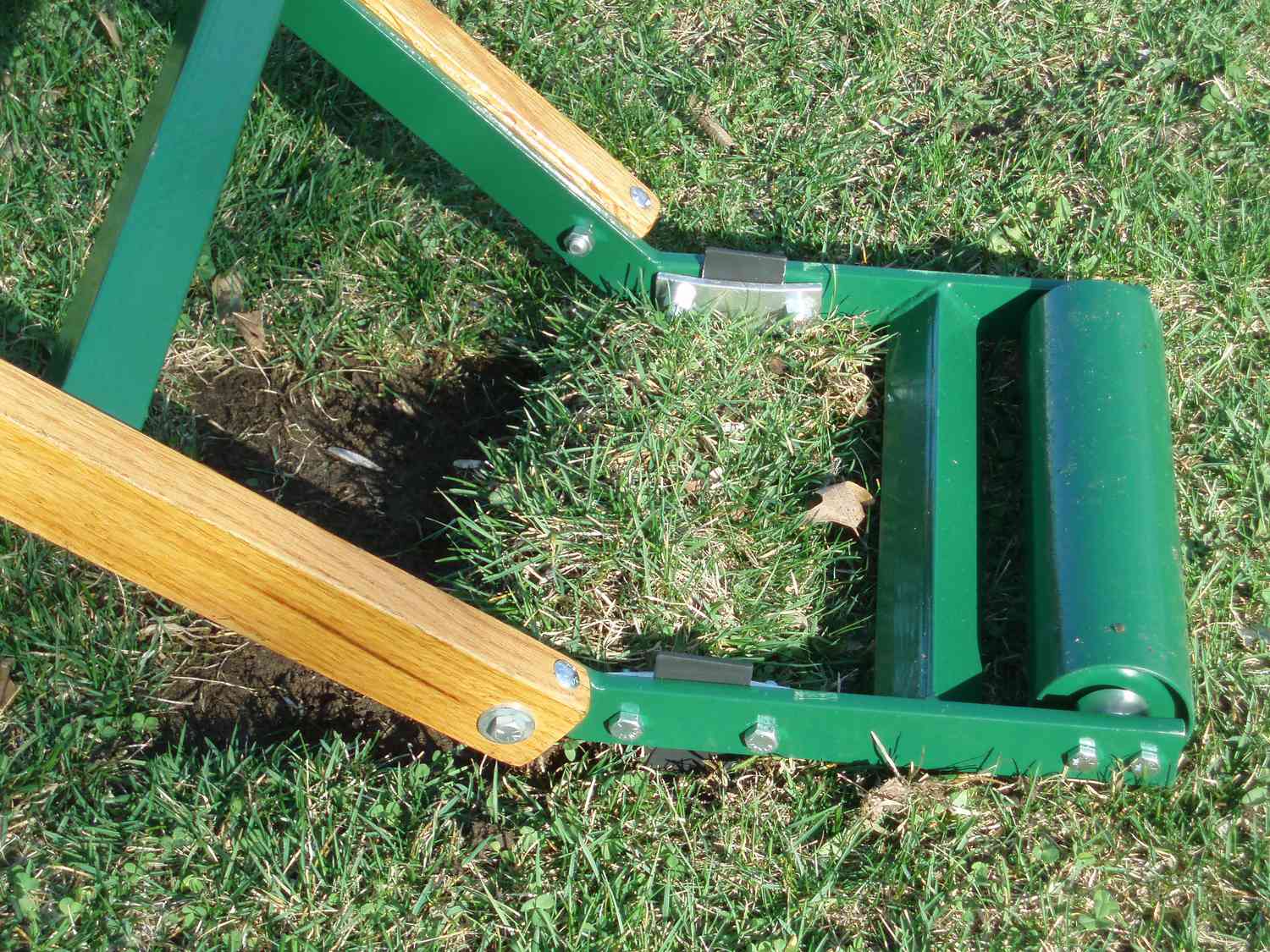
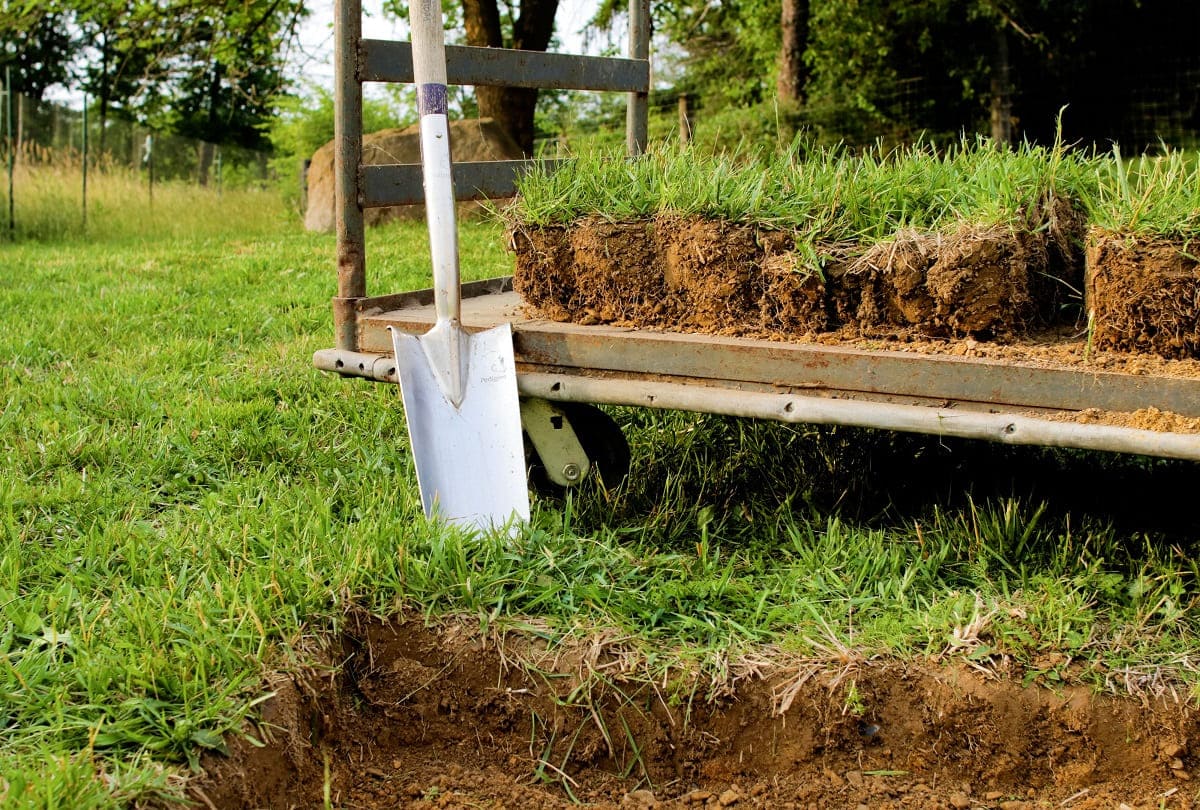
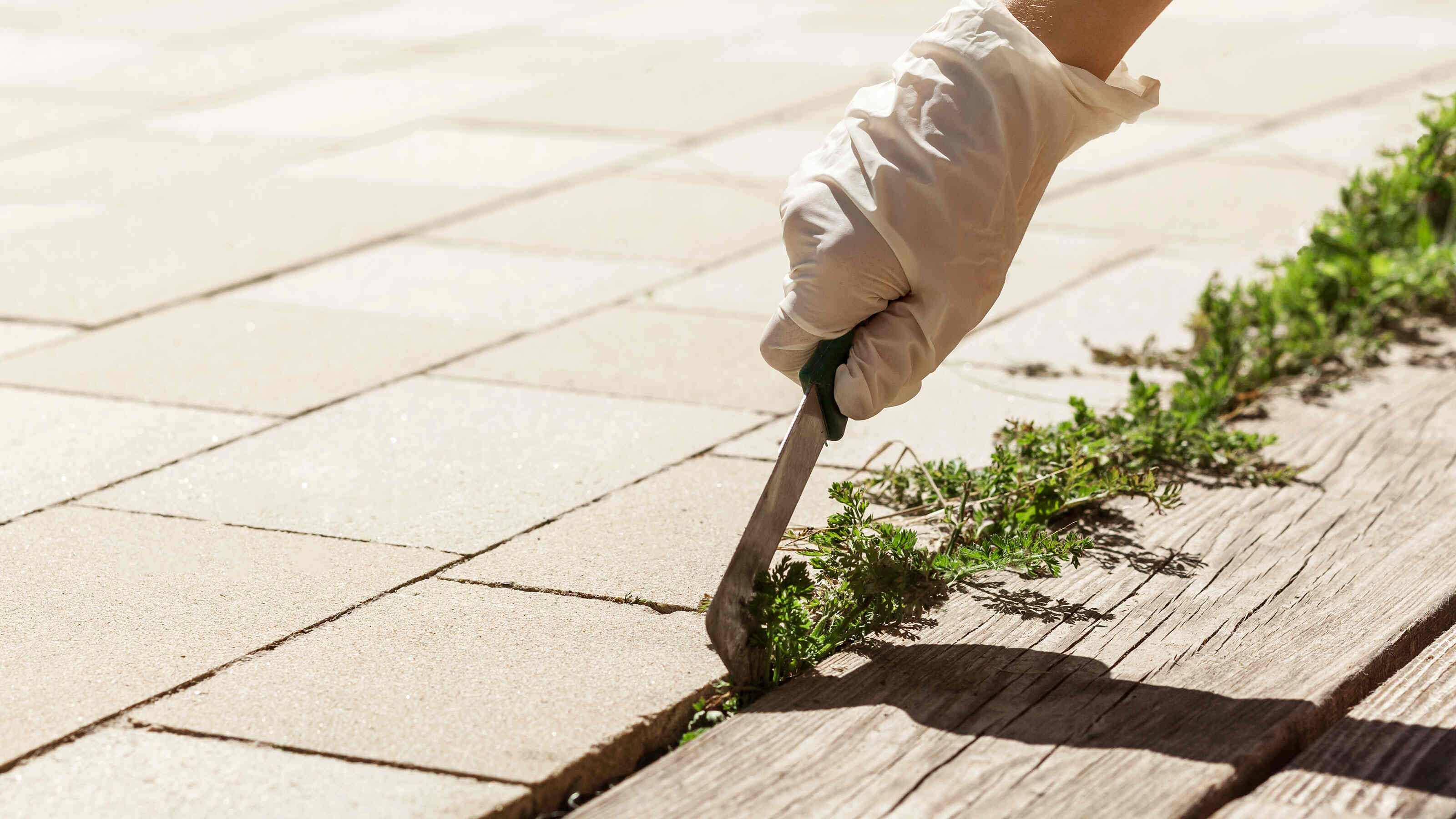
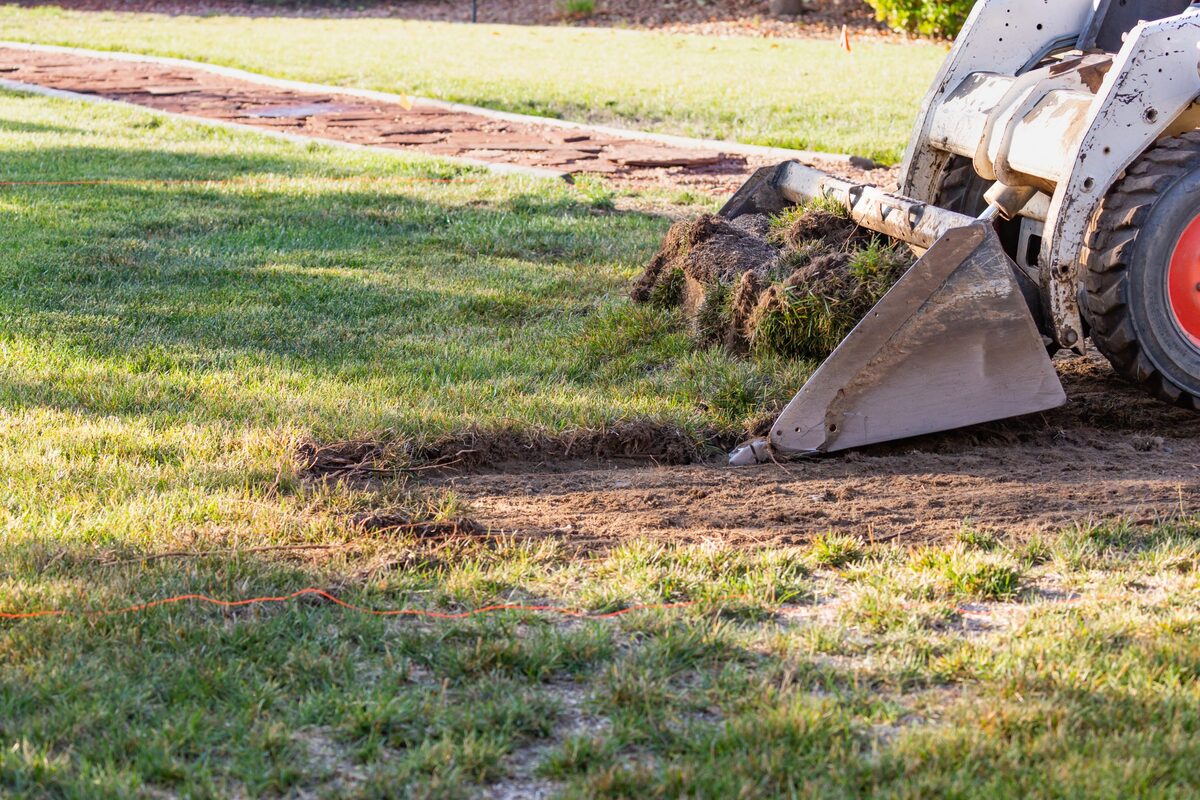
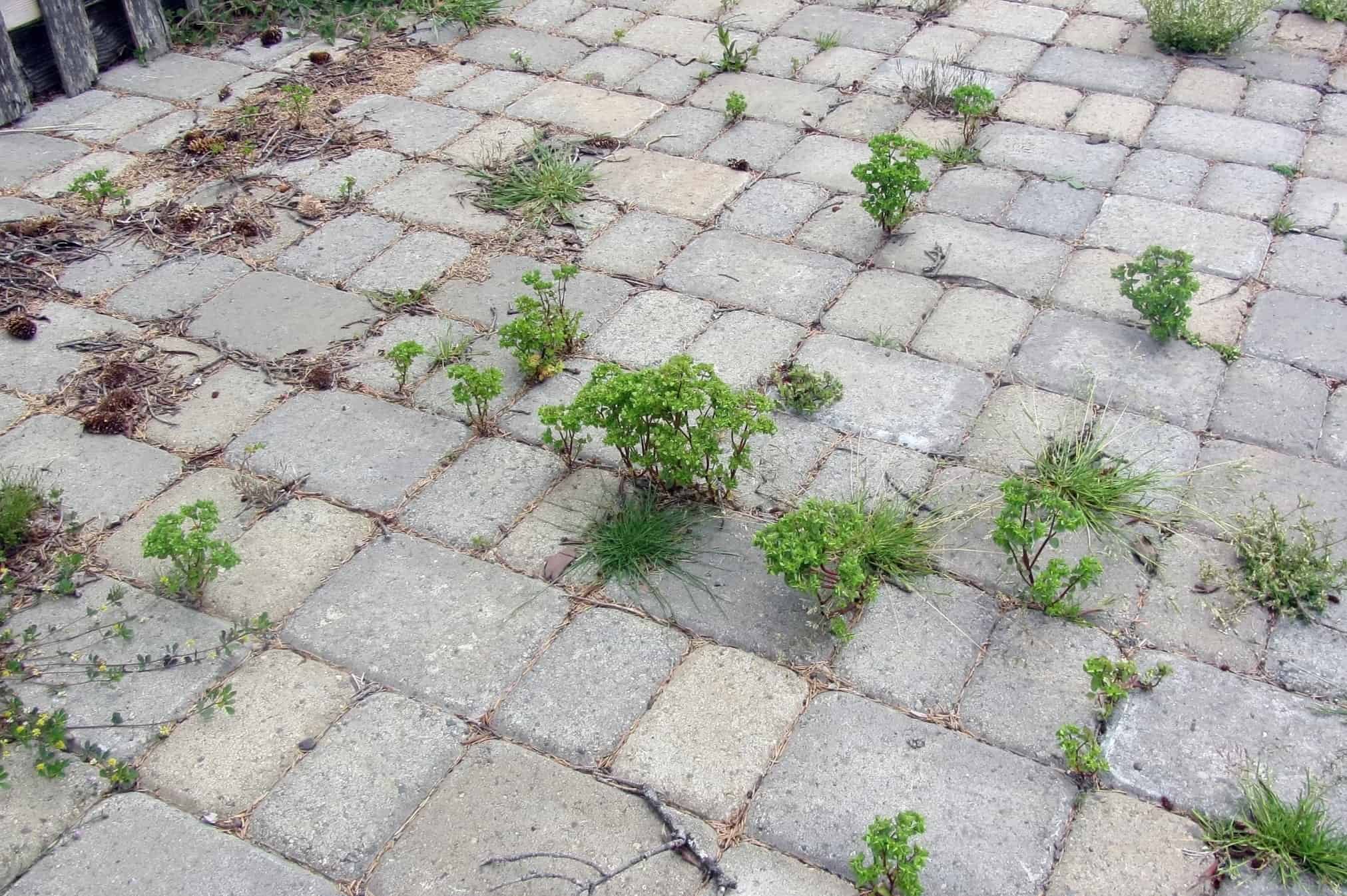
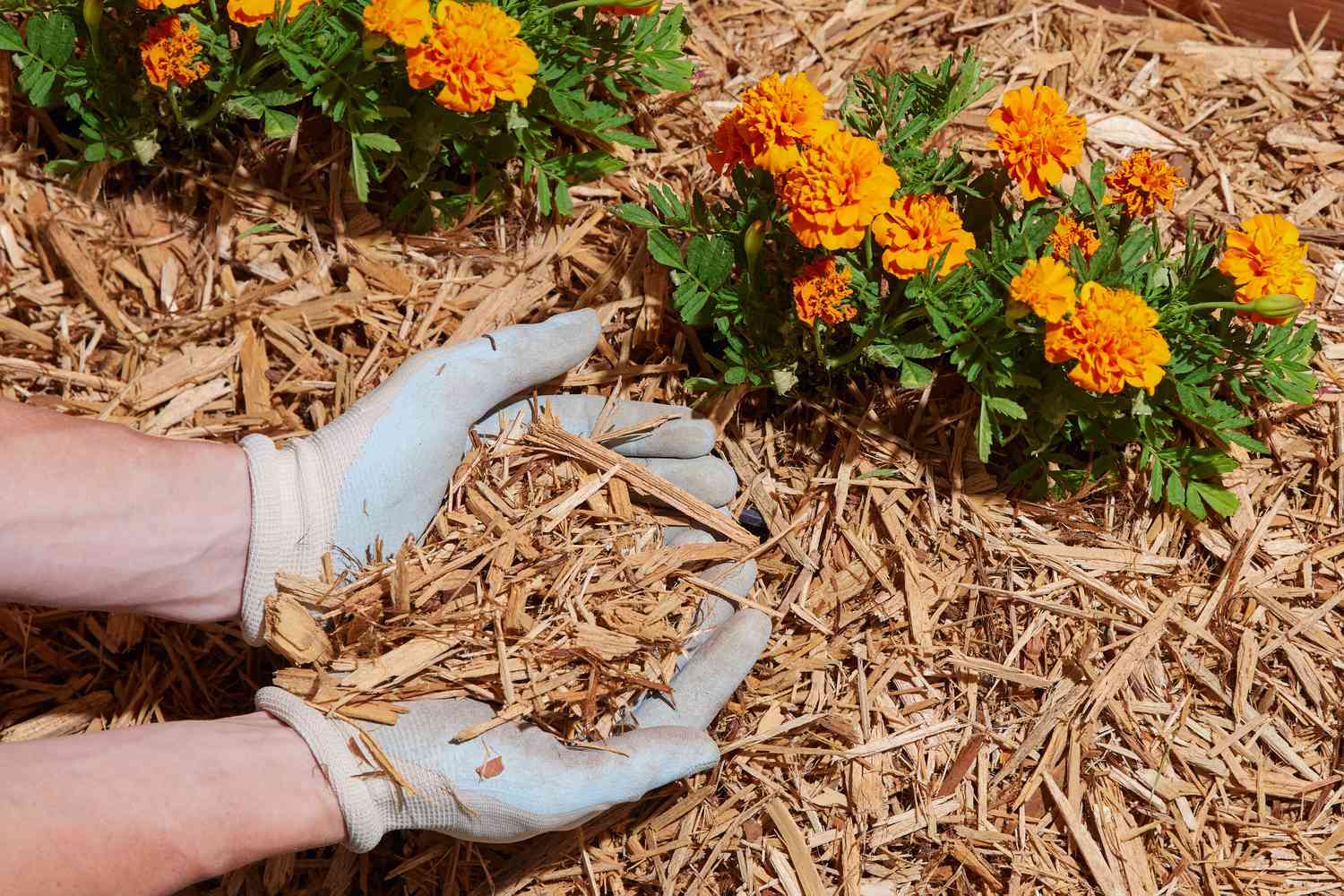
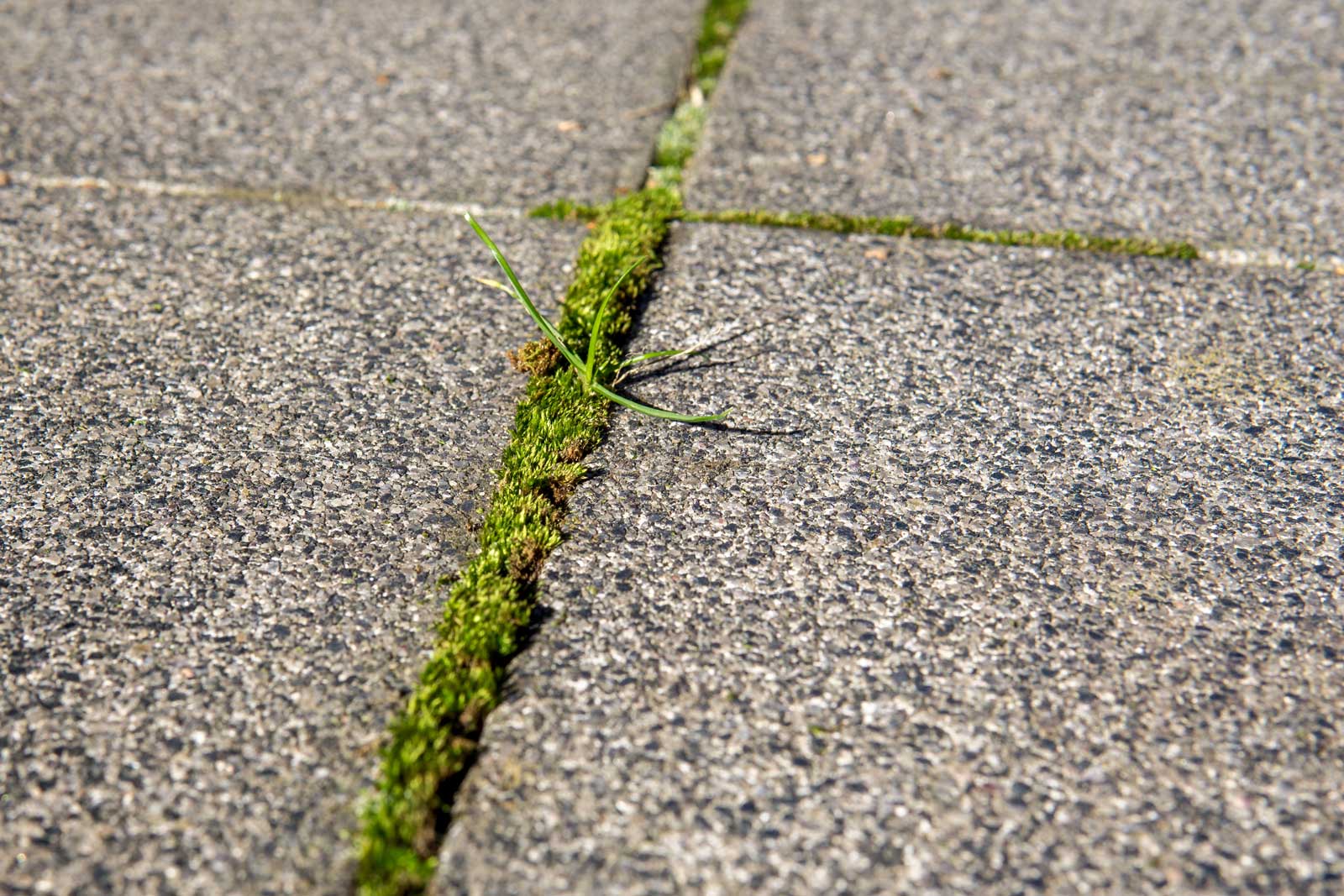
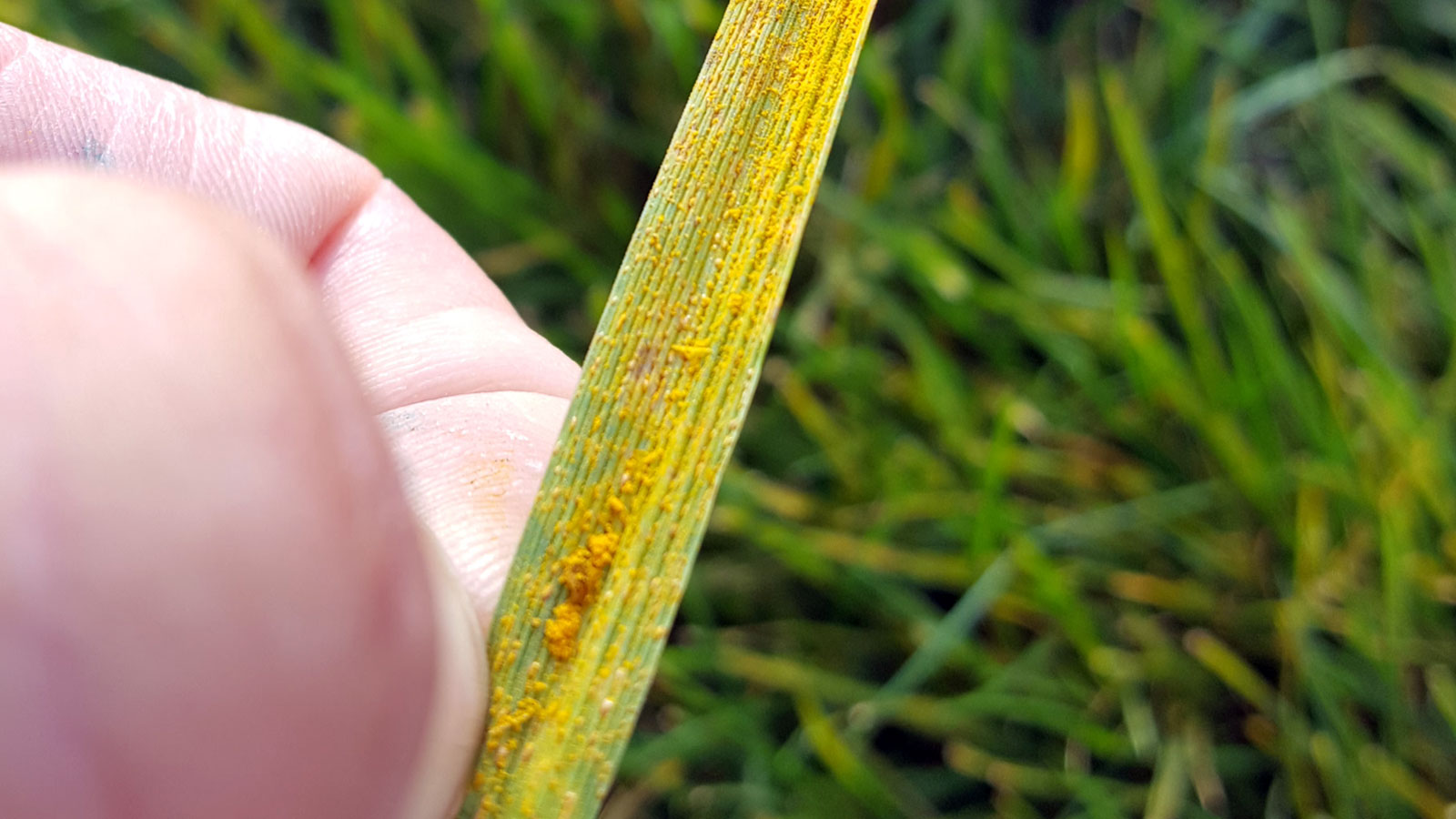


0 thoughts on “How To Remove Grass For Transplant”